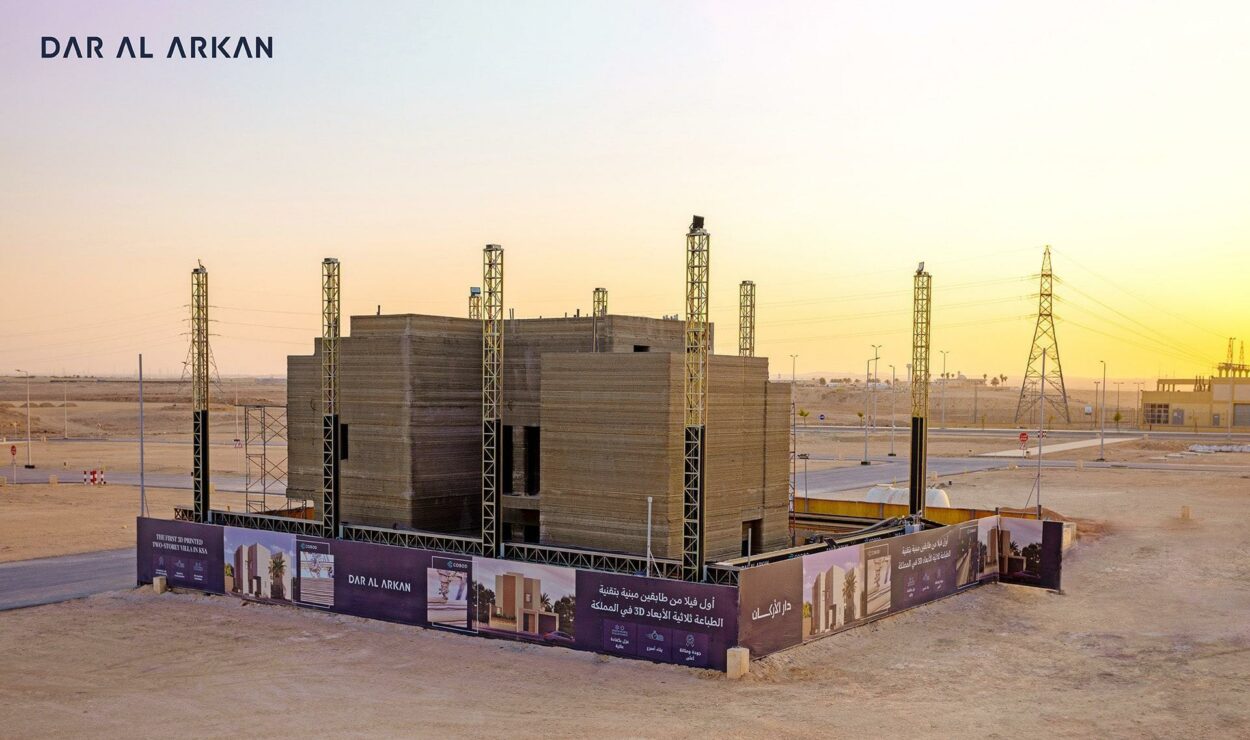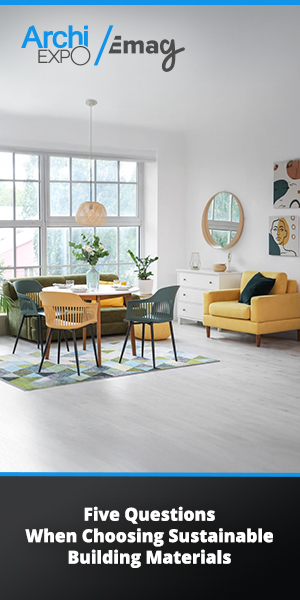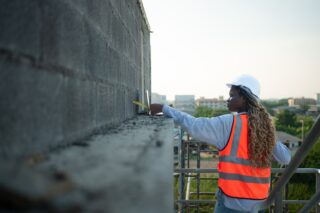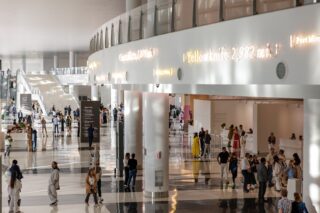During two talks organized by the Big 5 Global event in Dubai, we learned more about how important is the future of additive construction in the Middle East.
December 4-7, 2023—Leaders in the construction industry unite once again at this year’s Big 5 Global event in Dubai, discussing important topics such as carbon-neutral concrete, data-driven district cooling optimization, decarbonizing steel, and more.
3D printing technology is rapidly advancing as a preferred manufacturing method, particularly suitable for complex designs, costly labor, or situations where high automation is advantageous. The technology improves production efficiency while reducing time and cost, enhancing communication across departments, fostering digital integration, and most importantly bridging the gap between Engineering and Design.
“Additive construction is nothing but an attempt to automate the construction industry,” said Habibelrahman Hassan, Fellow member at the American Concrete Institute MENA.
The Middle East has been an early adopter of 3D technology; however, it has been limited to the GCC countries which have been working on strategic plans ahead.
In 2016, the UAE had the first building made of 3D printing, the third globally, it was called Office of the Future printed by Winsun in China and assembled on-site in the city. It was then that Dubai created its strategic vision to become a global hub for 3D printing.
The technology has progressed within the region over the years, the first permitted 3D-printed residential villa in Dubai is currently being built. A three-story smart villa is being printed in Shams Al Riyadh in Saudi Arabia. But despite that, there remain challenges to the technology which include a lack of clear standards and guidance from organizations and uncertainty in terms of application in hot regions such as the UAE.

“3D concrete printing is a multifaceted process that requires a well-calibrated balance between material properties and rheological behavior,” said Dr Salah Al-Toubat, Professor and Current Chairman of the Department of Civil and. Environmental Engineering at the University of Sharjah.
The control of concrete’s changing rheological properties for pump-ability and extrudability remains a main challenge, he explains. In addition to ensuring rapid strength gain. While also involving a delicate balance of time-dependent properties throughout the printing process.
Rheology describes the flowing behavior of concrete. It is a branch of physics that describes the science of deformation and flow of matter, expressing the interrelation among stress, strain rate, and time.
Multiple factors affect 3D concrete printing and those include the water to binder ratio, the particle size distribution, and the aggregates to binder ratio.
There remains to be a major influence on printed concrete such as the buildability, printability, and workability. Regarding buildability, the question becomes whether there is a capacity to print several layers so the concrete is moist enough to build a defined geometry.
As for printability, it becomes a question of what is the capacity of the concrete to pass through the nozzle at the printing head. As for the workability, how easily freshly mixed concrete can be placed, consolidated, and finished with minimal loss of homogeneity?
“There remain multiple challenges for this technology, most importantly is controlling the rheological properties to allow pump-ability and extrudability,” explained Al-Toubat.
Al-Toubat said that global warming is affecting everyone including the concrete industry which has emissions issues.
“We produce so much concrete, we are the world’s largest producer of CO2,” he said. Therefore, he believes that the road forward is to accelerate the adoption of new materials and technologies such as 3D concrete printing.
WATCH a video on the Dal Ar Arkan villa by COBOD, the world’s new tallest on-site 3D printed building and READ more about the project here.










